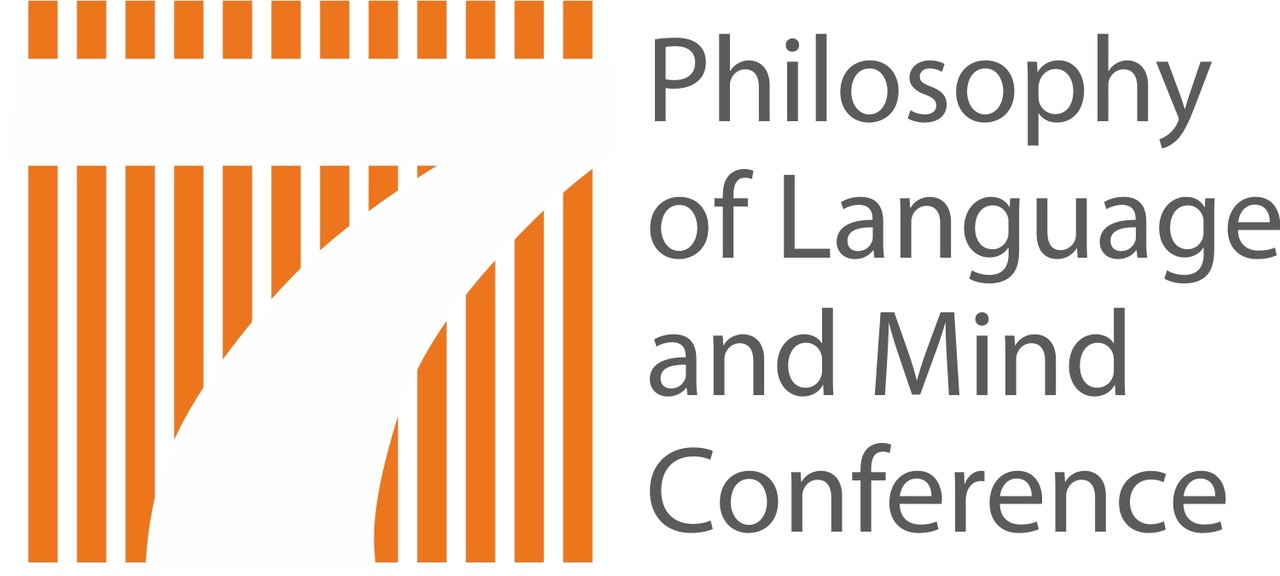Conceptual engineering is concerned with the evaluation and changes, hopefully for the better, of concepts, where concepts are thought of as representational devices. Included in conceptual engineering are attempts to uncover the true meaning of a concept as well as attempts to find out what a concept should mean. The former bears the hallmarks of conceptual analysis and, as such, it doesn’t seem to affect any changes in concepts. For example, while epistemologists have for centuries tried to specify the conditions for one having knowledge, the various accounts have tended to come up short when scrutinized. The concept knowledge remains somewhat elusive, and none of the attempts to clarify the meaning of ‘knowledge’ has changed the concept itself, the concept knowledge. The latter often involves providing an ameliorative or a revisionary meaning of a concept which, sometimes, arguably, resembles more the introduction of a new concept instead of refinement of the existing one. Well known examples are Sally Haslanger’s amelioration of the concepts woman and race where she builds oppression into a definition of each concept.
The discussion of conceptual engineering has focused on kind terms, and then kind terms for both natural kinds and socially constructed kinds. Singular concepts, concepts of individuals, have so far not been a part of the discussion. But singular concepts can be engineered and the nature of singular concepts and how they can be engineered can shed some light on the very nature of conceptual engineering. After presenting an account of singular concepts and some examples of their engineering, the lessons learned will be applied to two prominent accounts of conceptual engineering, namely the austerity framework of Herman Cappelen and the practical role account of Jennifer Nado. Neither account is satisfactory, and one way to show so is to bring singular conceptual engineering into the picture.
Singular concepts are concepts that we have about individuals. It has become common in recent years to talk about such concepts as mental files, and I will follow suit. Mental files are a tool that advocates of direct reference favor, as such files can play the role of Fregean senses without attaching semantic value to them. As a Millian I accept direct reference, believe that a proper name contributes its reference to the proposition expressed by the sentence it occurs in, and that truth-value is preserved when substituting co-referential names.
My account of files differs in important ways from that of Recanati. First, Recanati’s framework does not talk about some elements in a file being more central than other. Second, Recanati relies on ER (epistemically relevant) relations, where those relations are causal relations between information in a file and the object the information is about. I avoid ER relations, one reason being that we can have files about objects that do not exist, such as Santa Claus. Santa cannot stand in a causal relationship to anything. Third, while Recanati states that files refer and that names borrow their reference from files, my account is more traditional in that I think that names refer. Names are one way of directing our attention to a particular file and placing information in that file and elicit information from that file. Fourth, while Recanati states, for example, in the prefix to Mental Files in Flux that “On my view, files only contain predicative elements.”[i] I recognize that information and our representation of objects can consist of more than predicates.
So, how can one engineer singular concepts, i.e., how can one intentionally go about changing one’s representations? There are several ways of doing so. I can, e.g., intentionally meet up with an old childhood friend that I have not had any contact with for decades. My mental file, singular concept, of the person will as a result receive significant updates. Or I can, depending on the nature of the information that I have, merge two files, or combine two concepts. The result will again be intentionally changing one’s representation of the object the concepts represent. Or, as happened with the standard meter, I can update my information about the standard meter as the definitions of the meter have changed. Each definition is more precise than the previous ones and each one leads to a more precise, and thus improved representation of the standard meter.
How does the information above affect our understanding of conceptual engineering? Cappelen presents a framework for conceptual engineering that emphasizes meaning revisions that result in a reference change. Nado presents a view that claims that the main target of conceptual engineering is classification procedures. The main goal of conceptual engineering, on her view, is to replace one classification procedure with another resulting, in most cases, in replacing one category with another. Both Cappelen and Nado present their accounts without relying on concepts. I follow the two in that regard; I don’t focus on concepts as they are typically understood. Instead, my focus is on mental files, conceived as a repository of information. Mental files, on my view, do not have semantic properties and so do not refer. They are more properly thought of as conceptions that are realized as concrete particulars. The examples of engineering of singular concepts cannot be accounted for by the views presented by Cappelen and Nado. The engineering consists of modifying, updating the information in a given file. There is no meaning change that results in reference change, and there is no reclassification that takes place and hence no change in classification.
[i] viiiFrançois Recanati, Mental Files in Flux (Oxford: Oxford University Press, 2016).
